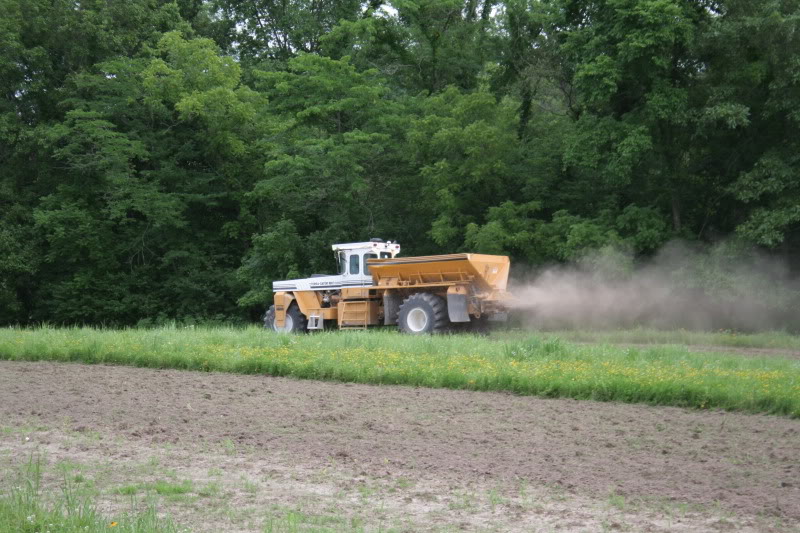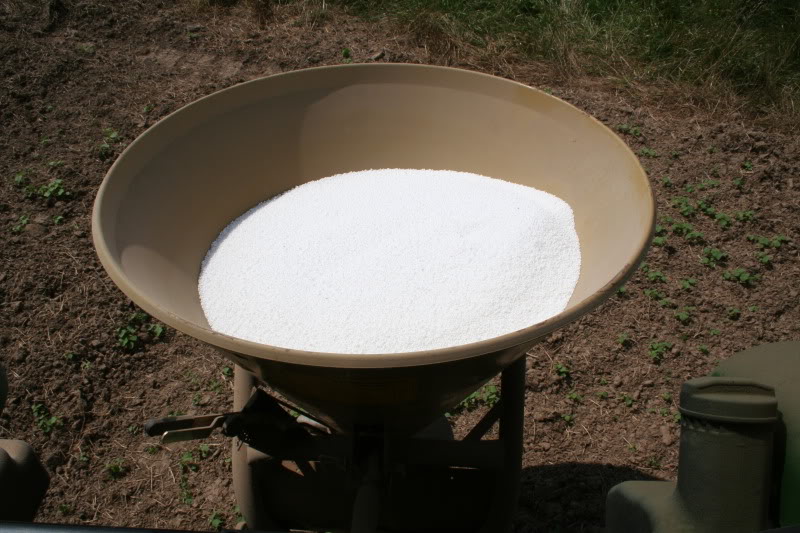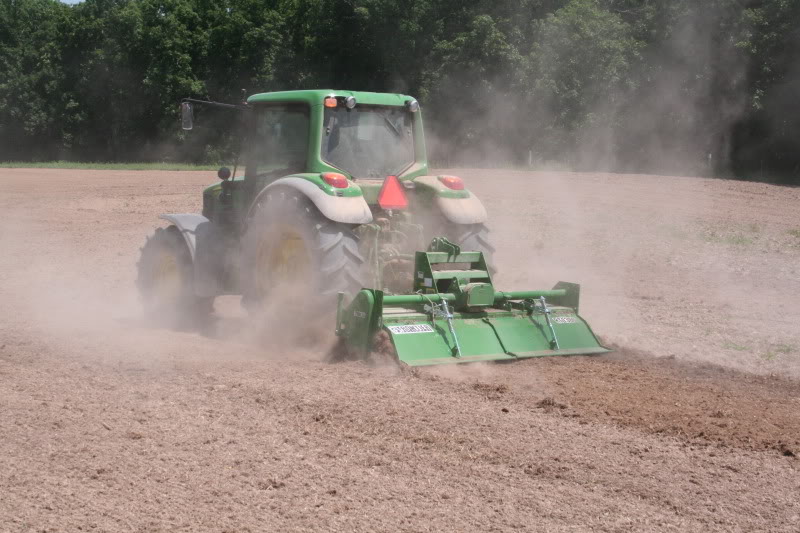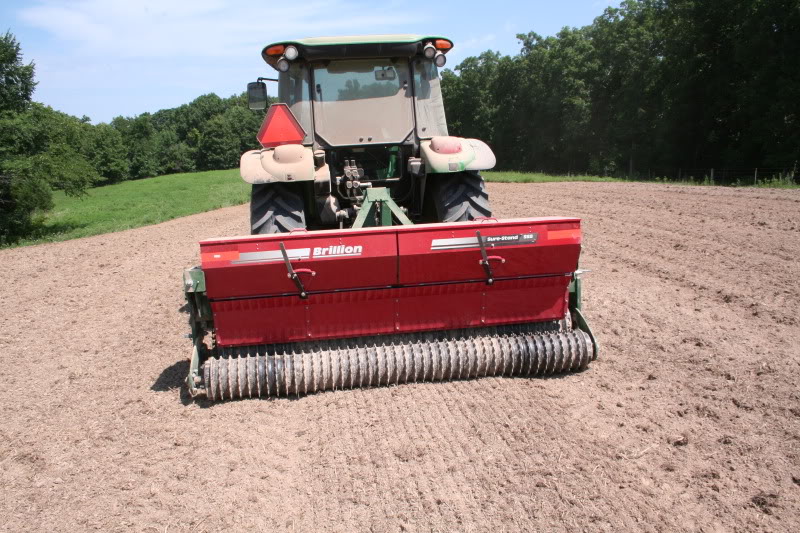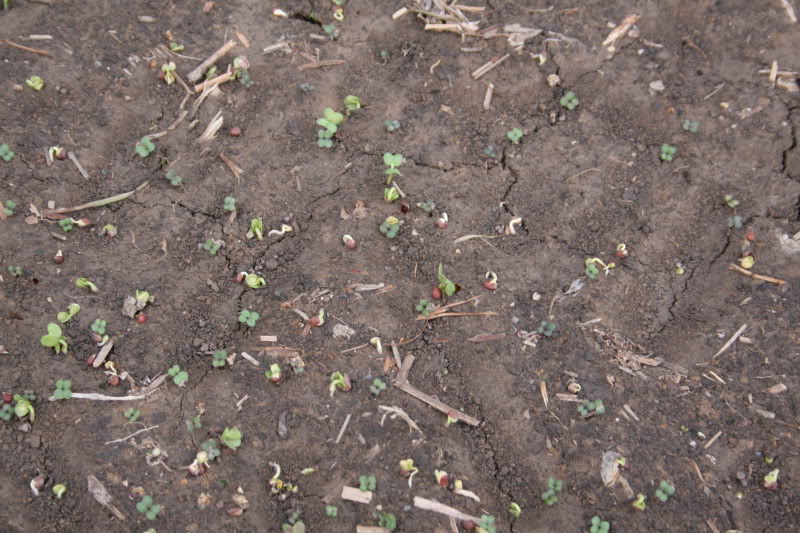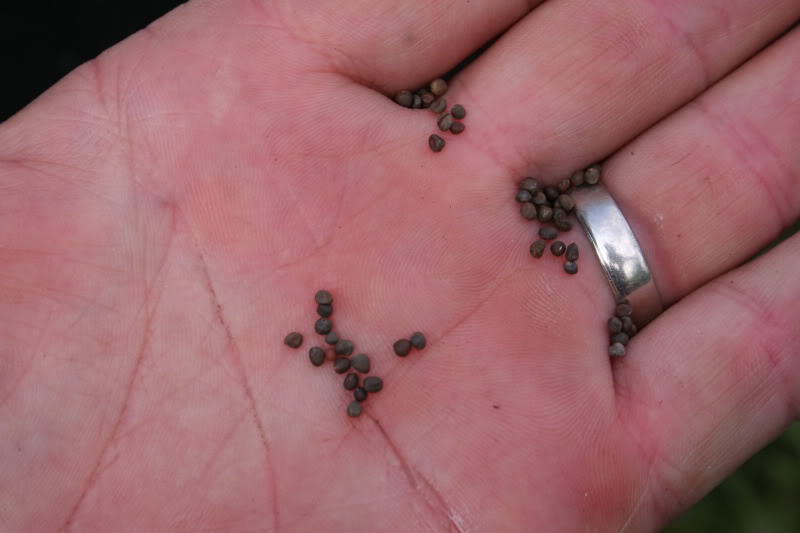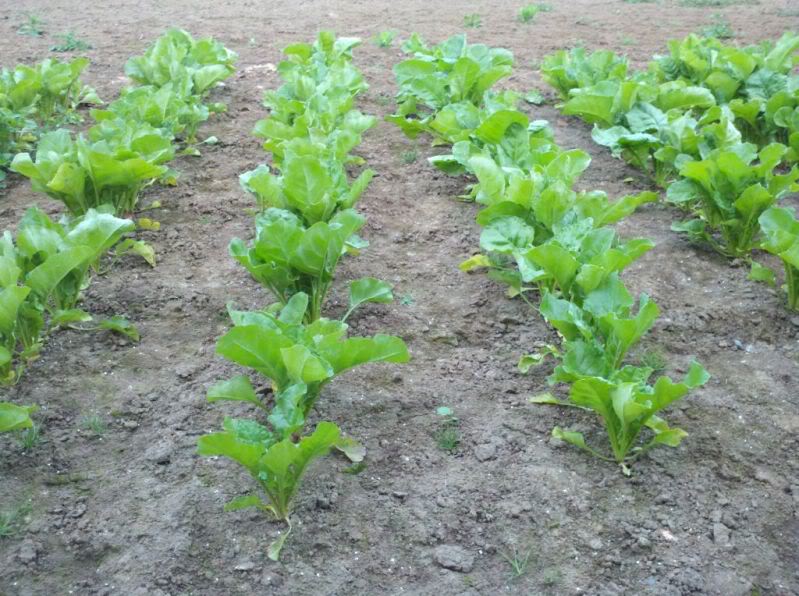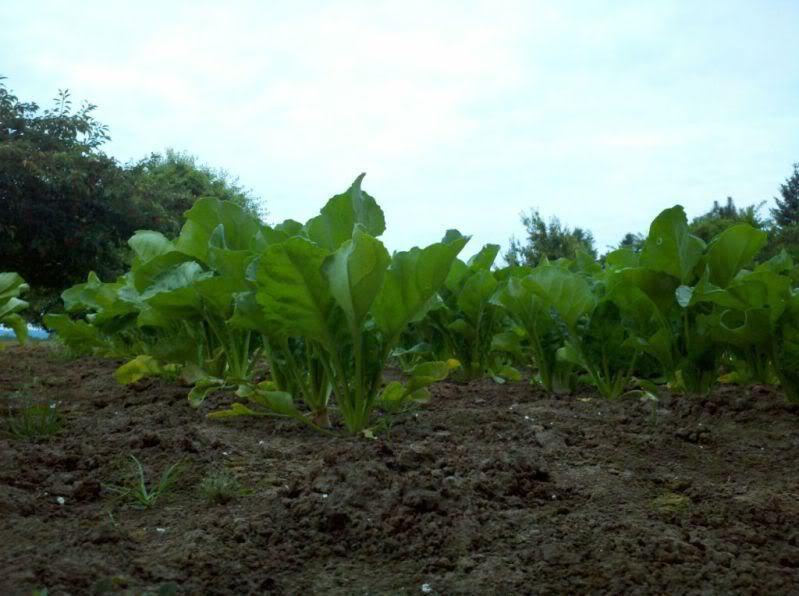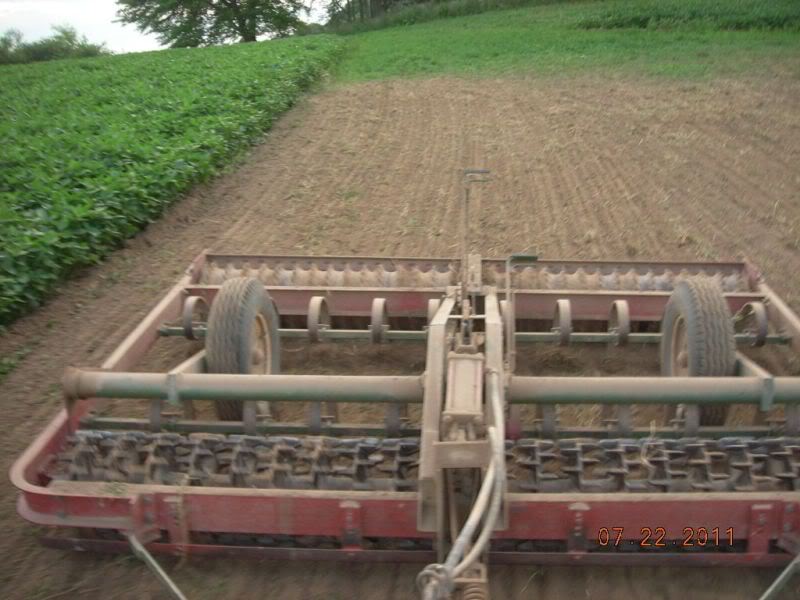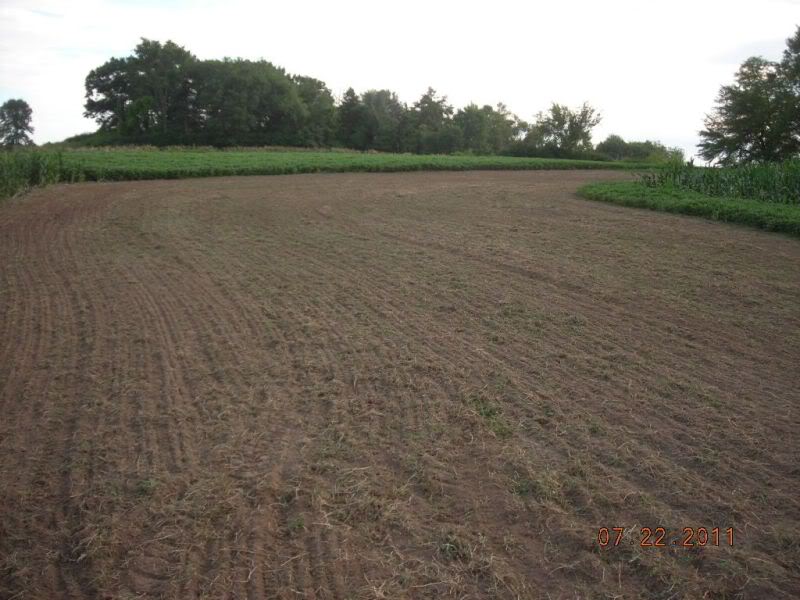dbltree
Super Moderator
July 21, 2011
Couple things you hear from the old timers...
Earlier long term forecasts called for below normal temps and above normal precip for July which only raises the awareness that we simply cannot predict the weather with any degree of certainty. If we get an inch of rain today and plant brassicas tomorrow...we may not get another rain for weeks, just a reality and risk of planting anything, anytime!
That brings us to the "July 29" saying... turnips are not unlike a shorter season version of corn, they need a certain amount of days to produce any reasonable amount of yield (roots). the whole object of growing turnips is to produce a root that whitetails will feed on during the winter months. Turnips are the least favored of the "forage" brassicas, with radish and rape plants being far more palatable and sought after. From a forage aspect, the forage varieties and species also produce far more forage if planted in mid summer versus early fall.
Here are the average rainfall amounts for my county...
Farmers don't plant corn in July and they don't plant turnips in September...they take huge risks and have faith it will all work out. They count on soybeans to fill in when corn fails, so when the minimum growing time is reached for corn, they switch to soybeans and if that minimum growing time passes, they may plant wheat.
With all of that in mind I encourage landowners not to bet the farm on any one crop and when the optimum time for beans or brassicas has passed, switch to cereals in late summer but whenever possible plant some of each in each plot. Mid July through mid August gives us ample growth time for 60-90 day brassicas but waiting for a rain is no guarantee we'll get a second and third to keep them going.
I tilled in 400#'s of 6-28-28 a week earlier and tilled in 200#'s of urea earlier this week, killing any newly germinated weeds with the second tilling.

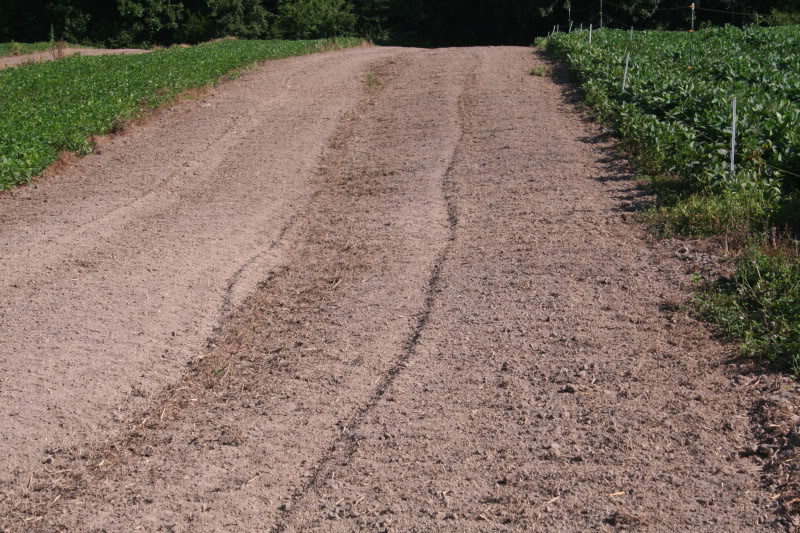
Chances of rain increased late this week as a front sags south and east but even at that they will be hit or miss storms. The soil is so dry on the surface however that the tiny seeds will not germinate until we do get rain so i decided to get them planted and hope for the best.
I cultipacked first (note the strips of soybeans and clover in these fields...even if one crop fails, all is not lost)
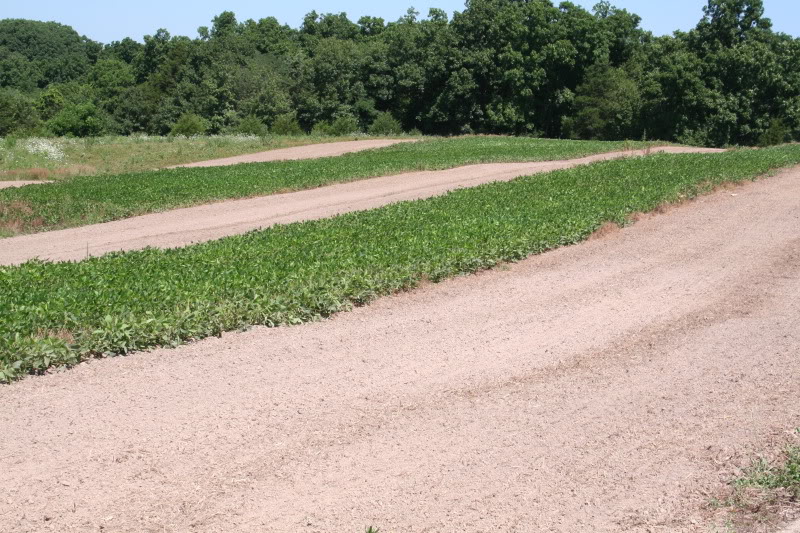
I planted the following mix per acre
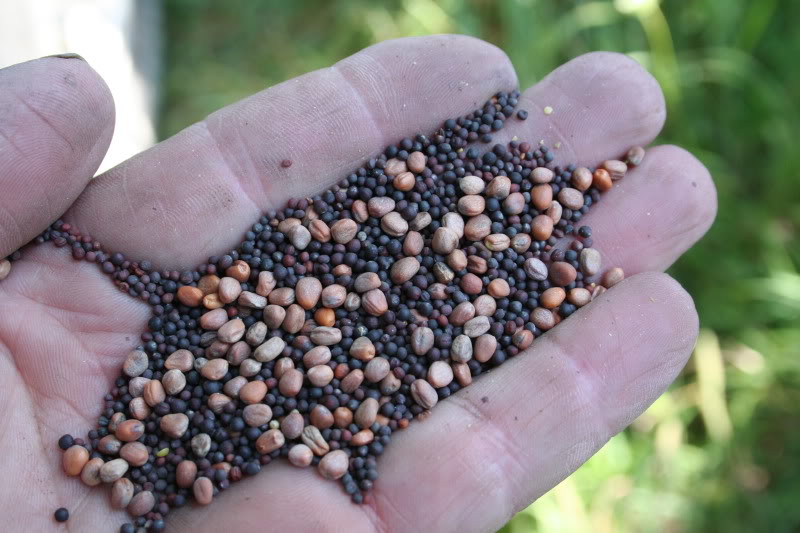
I use a bag seeder and adjust the opening so it just allows the largest seeds to pass thru
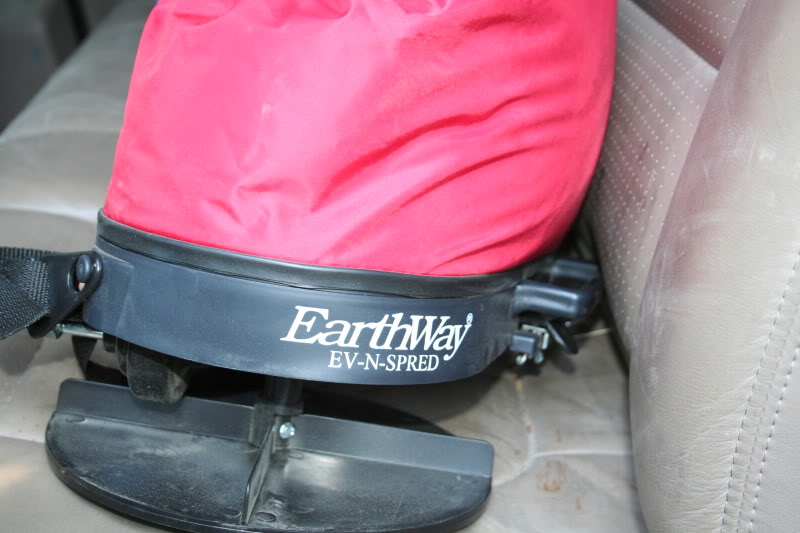
The tiny seeds are nearly impossible to see on the soil surface making them easy to overseed...how many seeds do you count in this photo?

Once the seed is on I cultipack again
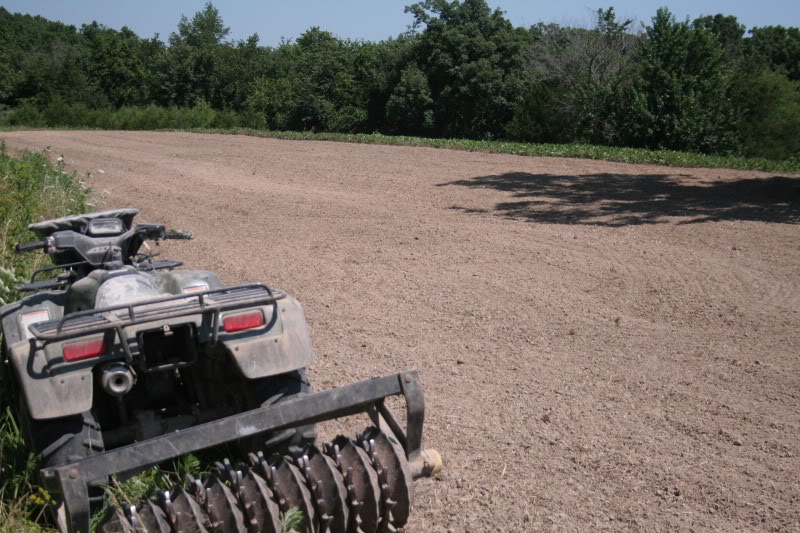
Just enough to press the tiny seeds into the top 1/8" to 1/4" deep

These are new fields that are being subdivided into blocks that will contain white clover, brassicas and the winter rye combination...
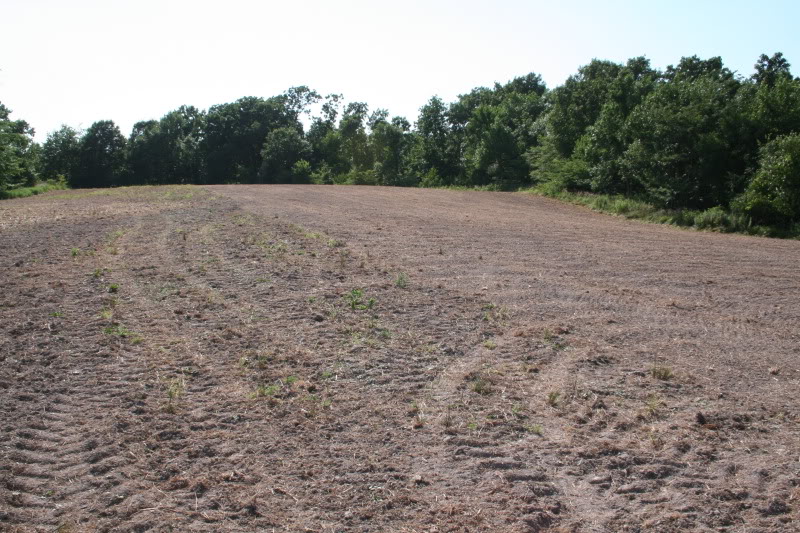
Right now they have nothing to eat but this is the last season that will ever be the case and even if a crop fails there will be plenty of other food sources to fill the void.
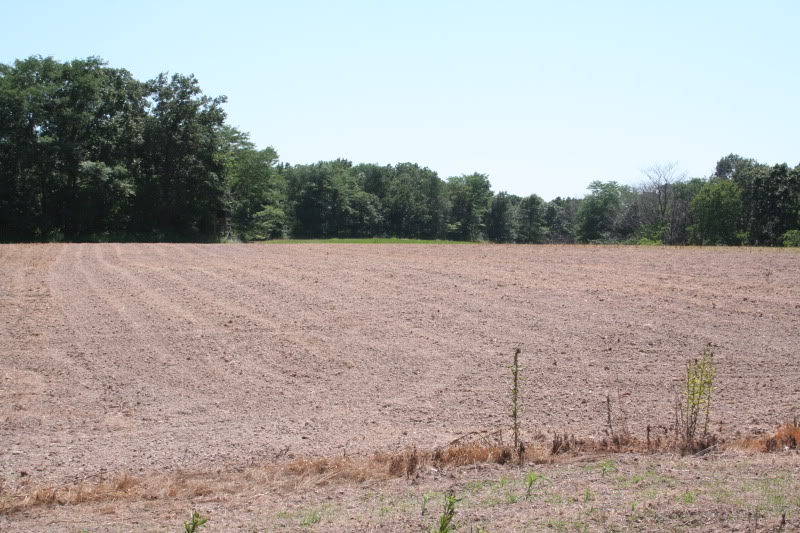
The Long term Iowa weather forecast calls for increased chances of "pops" (pop up T-storms)....maybe I'll get lucky, maybe I won't but we have everything to gain if the seed is in the ground when a storm finally rolls thru....
Couple things you hear from the old timers...
Lot of truth in both statements...even though we were inundated with heavy rains thru May and June here in SE Iowa, nearly 5" above normal...it hasn't rained here since June 28th. Three weeks without rain combined with searing heat 98-100 degrees, day after day.We're always only 2 weeks away from a drought...
and...
Rain or shine...plant turnips July 29...
Earlier long term forecasts called for below normal temps and above normal precip for July which only raises the awareness that we simply cannot predict the weather with any degree of certainty. If we get an inch of rain today and plant brassicas tomorrow...we may not get another rain for weeks, just a reality and risk of planting anything, anytime!
That brings us to the "July 29" saying... turnips are not unlike a shorter season version of corn, they need a certain amount of days to produce any reasonable amount of yield (roots). the whole object of growing turnips is to produce a root that whitetails will feed on during the winter months. Turnips are the least favored of the "forage" brassicas, with radish and rape plants being far more palatable and sought after. From a forage aspect, the forage varieties and species also produce far more forage if planted in mid summer versus early fall.
Here are the average rainfall amounts for my county...
The longer we wait, the greater the chance of decreased rainfall....so we play the averages and take a gambol that we'll get the "average" rainfall at minimum. Some years we win, some years we lose and those who put all their eggs in one basket by planting only one crop...lose ALL!July 4.25 Inches
August 3.93 Inches
September 3.72 Inches
October 2.79 Inches
Farmers don't plant corn in July and they don't plant turnips in September...they take huge risks and have faith it will all work out. They count on soybeans to fill in when corn fails, so when the minimum growing time is reached for corn, they switch to soybeans and if that minimum growing time passes, they may plant wheat.
With all of that in mind I encourage landowners not to bet the farm on any one crop and when the optimum time for beans or brassicas has passed, switch to cereals in late summer but whenever possible plant some of each in each plot. Mid July through mid August gives us ample growth time for 60-90 day brassicas but waiting for a rain is no guarantee we'll get a second and third to keep them going.
I tilled in 400#'s of 6-28-28 a week earlier and tilled in 200#'s of urea earlier this week, killing any newly germinated weeds with the second tilling.


Chances of rain increased late this week as a front sags south and east but even at that they will be hit or miss storms. The soil is so dry on the surface however that the tiny seeds will not germinate until we do get rain so i decided to get them planted and hope for the best.
I cultipacked first (note the strips of soybeans and clover in these fields...even if one crop fails, all is not lost)

I planted the following mix per acre
The mix of seeds looks like this...the radish seeds nearly twice the size of the PTT and DER3#'s Purple top Turnips
2#'s Dwarf Essex Rape
5#'s of Groundhog Forage Radish

I use a bag seeder and adjust the opening so it just allows the largest seeds to pass thru

The tiny seeds are nearly impossible to see on the soil surface making them easy to overseed...how many seeds do you count in this photo?

Once the seed is on I cultipack again

Just enough to press the tiny seeds into the top 1/8" to 1/4" deep

These are new fields that are being subdivided into blocks that will contain white clover, brassicas and the winter rye combination...

Right now they have nothing to eat but this is the last season that will ever be the case and even if a crop fails there will be plenty of other food sources to fill the void.

The Long term Iowa weather forecast calls for increased chances of "pops" (pop up T-storms)....maybe I'll get lucky, maybe I won't but we have everything to gain if the seed is in the ground when a storm finally rolls thru....


